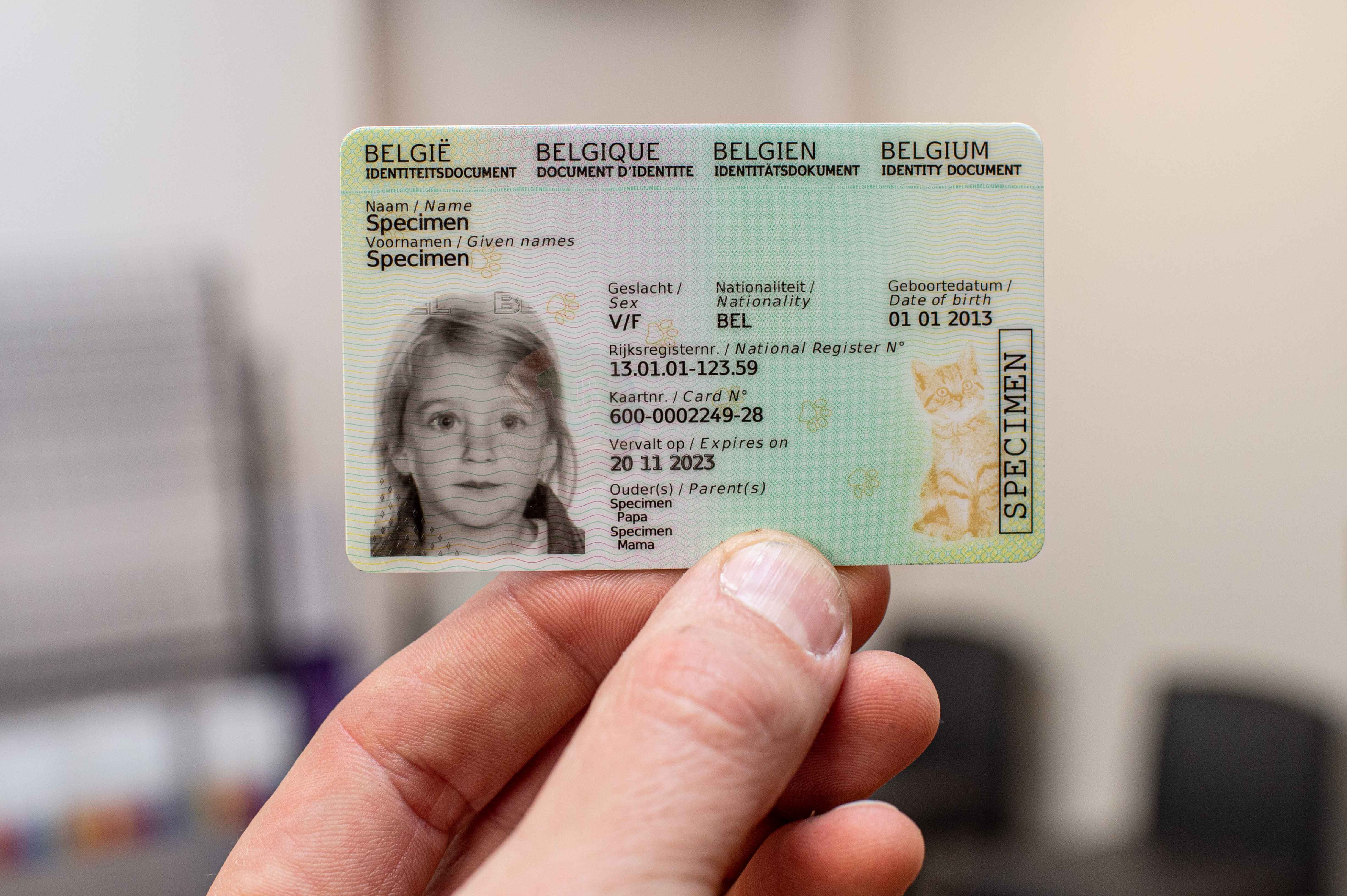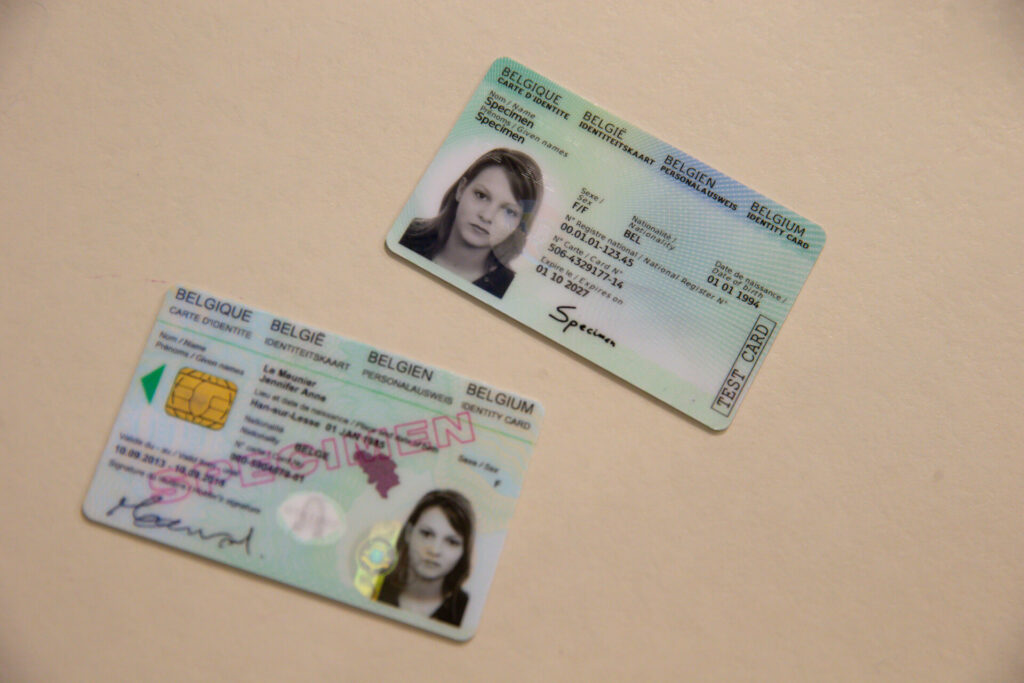Blog
A Guide to the Belgian ID Card Travel Essentials
A Guide to the Belgian ID Card Travel Essentials
A Guide to the Belgian ID Card Travel Essentials The Belgian ID card, or eID (electronic identity card), is more than just an identification document—it’s a crucial travel companion for Belgian citizens and residents. As a secure, compact, and multi-functional document, it allows for hassle-free travel across Europe and facilitates a seamless interaction with both public and private services.
In this in-depth guide, we’ll focus on the travel essentials of the Belgian ID card—what it is, how to use it for travel, where it’s accepted, and why it is one of the most powerful national identity cards in Europe.

What is the Belgian eID Card?
The Belgian eID is an official national identity card issued to Belgian citizens aged 12 and above. It is embedded with a microchip that securely holds your personal and biometric data, including:
-
Your name
-
Date of birth
-
Nationality
-
Address
-
A digital photo and signature
-
Optional fingerprints (mandatory for adults)
Besides identification, it serves as a travel document, a digital authentication tool, and a gateway to online public services.
Can You Travel with a Belgian ID Card?
Yes. The Belgian eID card can be used in place of a passport for travel to numerous countries, especially within Europe.
Countries Where You Can Travel Using a Belgian ID Card:
The Belgian ID card is accepted for entry and exit without a visa in the following countries:
European Union (EU) & Schengen Area:
-
France
-
Germany
-
Italy
-
Spain
-
Netherlands
-
Portugal
-
Austria
-
Poland
-
Czech Republic
-
Hungary
-
Sweden
-
Finland
-
Denmark
-
Greece
-
Ireland
-
Slovakia
-
Slovenia
-
Lithuania
-
Latvia
-
Estonia
-
Croatia
-
Luxembourg
-
Malta
-
Cyprus
-
Romania
-
Bulgaria
Other Countries Accepting the Belgian ID Card:
-
Norway
-
Switzerland
-
Iceland
-
Liechtenstein
-
Monaco
-
San Marino
-
Andorra
-
Vatican City
-
Albania
-
Bosnia and Herzegovina
-
North Macedonia
-
Montenegro
-
Serbia
-
Georgia (with restrictions)
-
Turkey (short stays)
These countries treat the eID card as a valid travel document, allowing Belgians to move freely without carrying a passport, particularly for tourism or short business trips.
How Long Can You Stay Abroad with the Belgian ID Card?
The duration of stay depends on the destination country:
-
EU/Schengen countries: Up to 90 days in any 180-day period for non-residents.
-
EEA and associated states: Similar short-stay rules apply.
-
Some Balkan countries: Up to 30–90 days, depending on bilateral agreements.
Important: For long stays, work, or study, a passport and visa may still be required. The ID card is not a replacement for a visa where one is required.
What Happens at Border Control?
When traveling with your Belgian eID:
-
Present it at automated gates or manual checkpoints.
-
Border agents will scan the chip and verify your details.
-
There’s no need for passport stamps when traveling within the Schengen Area.
The card’s biometric data ensures fast and secure processing, often quicker than traditional passport checks.
Benefits of Traveling with the Belgian ID Card
1. Convenience and Portability
Its wallet-sized format makes it easier to carry and less vulnerable to damage than a passport. Ideal for:
-
Weekend getaways
-
Business trips
-
Border towns and daily commuters
2. No Need for a Separate Travel Document in Europe
For most intra-European trips, your Belgian ID card is sufficient—no passport required.
3. Strong Security Features
The card is embedded with:
-
Biometric data
-
Cryptographic encryption
-
Tamper-proof security layers
This reduces identity fraud and ensures border integrity.
4. Cost-Effective Travel Document
The Belgian eID is significantly cheaper than a passport and is valid for up to:
-
10 years for adults
-
6 years for youth
-
30 years for citizens over 75 (in some communes)
5. Ideal for Digital Nomads and Cross-Border Workers
Frequent travelers, digital nomads, and those living in border regions (like Luxembourg, France, or the Netherlands) benefit from its dual utility as both ID and travel document.
How to Prepare for Travel with the Belgian ID Card
Before departure, always:
-
Check if your destination country accepts the eID.
-
Confirm the validity of your card (must be valid throughout your stay).
-
Carry a backup copy or digital scan in case of loss or theft.
-
Be aware of entry requirements if you’re staying long term.
What If You Lose Your Belgian ID While Traveling?
-
Report immediately to local police.
-
Call DOC STOP at 00800 2123 2123 (from abroad).
-
Contact the nearest Belgian embassy or consulate.
-
Request a temporary travel document (Laissez-Passer) to return to Belgium.
-
Upon return, apply for a replacement eID at your local commune.
Can Residents (Non-Citizens) Use Their Belgian ID Card for Travel?
Foreign nationals living in Belgium are issued residence cards (also in ID format). However:
-
These are not valid for travel alone.
-
You must carry your passport + residence permit when crossing borders.
Only Belgian citizens can use the eID as a standalone travel document.
Key Reminders When Traveling with the eID
-
Always check country-specific entry rules (especially during health crises or political events).
-
Biometric eIDs issued after 2021 offer even faster and more secure border passage.
-
While the eID is widely accepted in Europe, carry a passport when traveling outside Europe or when uncertain.

Conclusion: Travel Smart with Your Belgian ID Card
The Belgian ID card is more than just an ID—it’s your passport to Europe. With widespread acceptance, built-in biometric security, and convenience of size, it makes travel within Europe seamless and stress-free.
Whether you’re a seasoned traveler, a business commuter, or a weekend explorer, the Belgian eID ensures you’re ready for the journey ahead.

